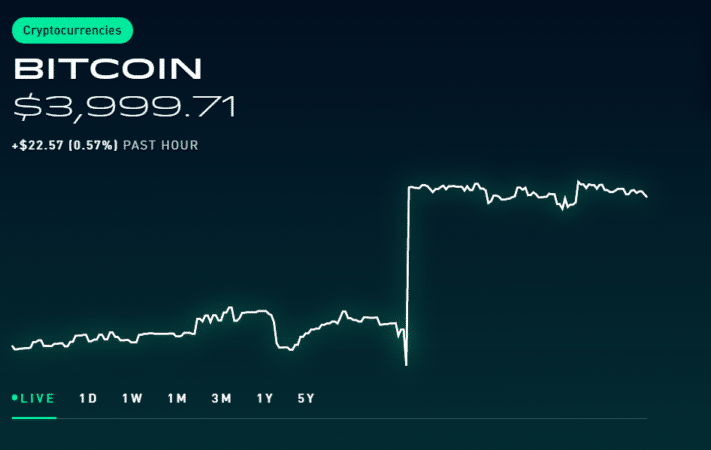Bitcoin’s unique characteristics have led to its growing popularity as a digital asset, especially its scarcity. But what makes btc scarce robinhood quiz? Understanding this concept is crucial for investors and enthusiasts alike. This article will delve into the factors contributing to Bitcoin’s scarcity, guided by insights from Robinhood’s quiz on the subject.
The Concept of Scarcity in Economics
Scarcity, in economic terms, refers to the limited availability of resources in comparison to the unlimited wants and needs. This principle applies to commodities, precious metals, and digital assets like Bitcoin. Scarcity often drives value; the rarer an item, the higher its potential value, assuming there is demand.
Bitcoin’s Fixed Supply
One of the most significant factors contributing to Bitcoin’s scarcity is its fixed supply. Bitcoin’s creator, Satoshi Nakamoto, designed the system with a hard cap of 21 million bitcoins. This means that no more than 21 million bitcoins will ever exist. This fixed supply contrasts sharply with traditional fiat currencies, which central banks can print at will, potentially leading to inflation.
How Does Robinhood Explain It?
Robinhood’s quiz highlights that Bitcoin’s fixed supply is a fundamental characteristic that differentiates it from other currencies and commodities. By capping the total number of bitcoins, the system ensures that the currency remains scarce, which can protect against inflation and help maintain its value over time.
The Process of Bitcoin Halving
Another critical aspect that enhances Bitcoin’s scarcity is the process known as “halving.” Approximately every four years, the reward for mining new blocks is halved. Initially, miners received 50 bitcoins for each block mined. This reward was halved to 25 bitcoins, then to 12.5, and most recently to 6.25 bitcoins.
Impact of Halving on Bitcoin Scarcity
Each halving event reduces the rate at which new bitcoins are introduced into the market, thereby slowing down the rate of supply. As the supply growth diminishes, assuming demand remains constant or increases, the value of Bitcoin could potentially rise due to its increasing scarcity. Robinhood’s quiz often underscores the importance of halving in maintaining Bitcoin’s scarcity and its potential impact on price dynamics.
Mining Difficulty and Security
Bitcoin’s scarcity is also influenced by the mining difficulty adjustment. The Bitcoin network automatically adjusts the difficulty of mining every 2,016 blocks, or roughly every two weeks, to ensure a consistent block production rate. This means that as more miners join the network and increase the total computing power, the difficulty of solving the cryptographic puzzles increases, making it harder to mine new bitcoins.
Robinhood’s Take on Mining Difficulty
According to Robinhood’s educational resources, this mechanism not only secures the network but also plays a role in controlling the supply of new bitcoins. By making mining progressively harder, the network ensures that new bitcoins are introduced at a predictable and controlled pace, further contributing to the scarcity of Bitcoin.
Lost Bitcoins
A lesser-known but significant factor contributing to Bitcoin’s scarcity is the number of lost bitcoins. Over the years, a substantial number of bitcoins have been lost due to forgotten private keys, hardware failures, or other mishaps. These lost bitcoins are effectively removed from circulation permanently, reducing the overall available supply.
Insights from Robinhood Quiz
Robinhood’s quiz often touches on the impact of lost bitcoins, emphasizing that the actual circulating supply of Bitcoin is even lower than the theoretical maximum of 21 million. This unintentional reduction in supply adds another layer of scarcity to the digital currency.
Institutional Adoption and Demand
Finally, the growing institutional adoption of Bitcoin significantly impacts its scarcity. As more corporations, investment funds, and even governments start to hold Bitcoin, the available supply for retail investors decreases. This increased demand from large entities can drive up the price, further underscoring Bitcoin’s scarcity.
Conclusion
Bitcoin’s scarcity is a multifaceted concept influenced by its fixed supply, halving events, mining difficulty, lost coins, and institutional demand. Robinhood’s quiz provides valuable insights into these factors, helping investors understand why Bitcoin is considered a scarce and potentially valuable asset. By learning about these elements, investors can make more informed decisions about their involvement in the Bitcoin market.


